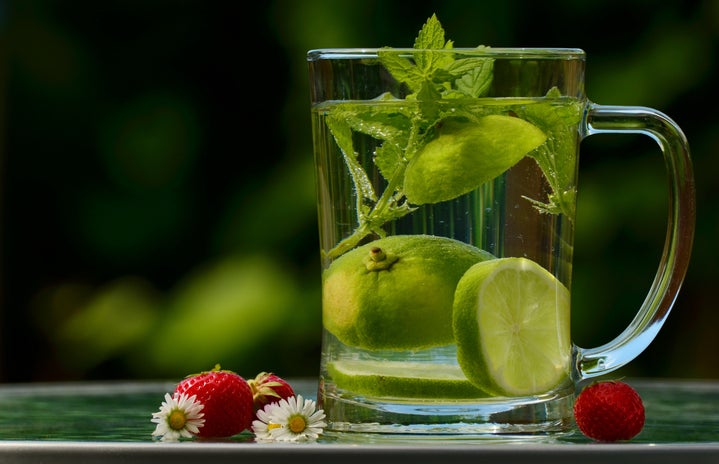So, you’re out grocery shopping because independence is less fun than advertised and food doesn’t actually appear magically in the fridge. You’re about to reach for your favourite box of cereal when you notice there’s a similar one labelled “non-GMO”. Wait, your box isn’t labelled! You’ve been consuming *gasp* GMOs this whole time‽ You’re not sure why it’s bad, but the proud label on that organic, natural cereal promises that GMO is not something you want in your food. You grab the slightly more expensive but definitely healthier box of sugary breakfast grains.
Stop it.
GMOs aren’t nearly as scary as you may think. Let’s talk, and maybe I can convince you to give them a chance.
What are GMOs?
Genetically Modified Organisms (GMOs) are organisms that have had their genetic material modified by humans. This can include any artificial method, from cross-breeding to inserting a gene from another species, but usually refers to the latter. For example: selective breeding. Dogs with a certain appearance, behaviour, or build are repeatedly bred with others with the same characteristic. Modifying genes in a lab simply speeds up the process, while granting us more control over the genes that are transferred.
Uses of GMOs
Now we know GMOs are the cool products of the science-enhanced version of a process as old as time, why do we do it? What are GMOs used for?
1. Insulin
That’s right, this life-saving serum comes from GM (genetically modified) bacteria! At first, insulin was taken from cows to treat diabetics, but that insulin was meant for cows, and human immune systems didn’t like that very much. Then scientists put the gene that codes for human insulin into bacteria (typically E. coli) so they would produce it.
2. Better Crops
Crops take a lot of resources to grow. There are strains of corn, soybean, and wheat that are modified to need less water, produce their own pesticide, be resistant against herbicides (weed killers) and diseases, and produce a higher yield. This means these food sources will be able to grow in a larger range of environments, and also grow better. Some GMO supporters even hope GMO crops will help solve world hunger.
3. Better Nutrition
We can’t have a whole article about GMOs and not mention Golden Rice! This food, and others like it, are fortified with vitamins that aren’t naturally found in these foods. The plants they come from are genetically modified so that the product will have certain nutrients. In the case of Golden Rice, it contains vitamin A to address the problem of vitamin A deficiencies in developing countries.
4. Animals
Fine, glow-in-the-dark pigs aren’t a practical application of genetic modification. But spider goats (that don’t look like the one in the picture at all, unfortunately) are! Spider silk is an insanely strong fibre, for its size. Pound for pound, it’s stronger than Kevlar in bulletproof vests. But milking goats is a lot more enticing than farming spiders, so the spider silk gene was added to goat DNA, resulting in goats that produce milk with spider silk in it. The silk can then be taken out and used. Research is being conducted examining the use of the spider silk in ligament repair.
Danger?
Anti-GMO advocates are quick to use anecdotal evidence to argue that GM feed causes deaths and illnesses in livestock while pointing out that research on the safety of GM food has been inconclusive and studies proving otherwise are biased. If this feed is, as anti-GMO groups claim, causing food-producing animals to become unsellable, what are farmers doing using this feed? In the United States, over 95% of livestock are fed at least partly GM feed. And what could be less profitable for farmers than their animals dying before they can be sold?
Current Research
In a study looking at 29 years of livestock health and productivity data (read the whole thing here), including from when 100% of livestock feed was non-GMO to when GM feed made up over 90% of livestock feed, researchers found that GM feed is safe and that there were no changes in animal health that could be attributed to the GM feed. Also, nutritionally, animal products from GM feed-fed animals is no different from their non-GM counterparts. The majority of studies also found that GM foods have no negative health effects on humans. Aside from outliers with small sample sizes and biased supporters, there is no evidence that GM food negatively affects us.
Genetic modification has created some useful and important products, and the applications of it are still increasing. So far, we have multiple comprehensive studies that found GM food does not negatively impact health and no strong arguments that it does. We do have strong crops though, thanks to genetic modification.

